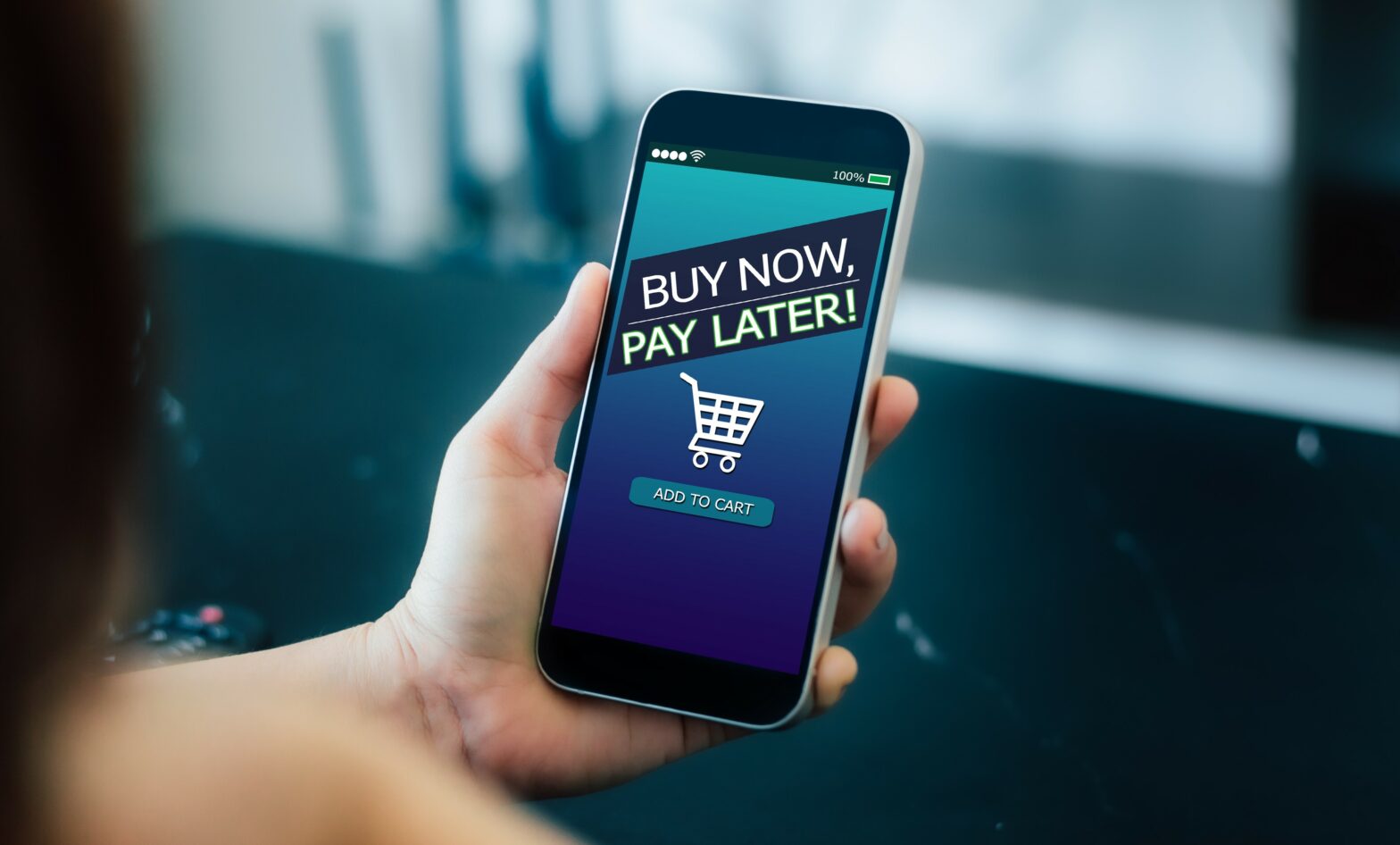The value of non-cash payments in the US and UK will reach $46 trillion and £1.44 trillion respectively by 2026, new research from global law firm Paul Hastings has revealed today.
In the US, this is a 36% increase on 2016’s figure of $33 trillion, with there being 221 million contactless mobile payment users within a decade.
In the UK, this is a 26% increase on 2016’s figure of £1.14 trillion, with there being 19.1 billion contactless transactions per year within a decade.
The research, conducted in association with the Centre for Economics & Business Research (Cebr) and YouGov, examined current attitudes of businesses and consumers towards alternative payments and their potential use of future payment methods.
>See also: Mobile payments to digitise India’s economy
Further 2026 forecasts from the research suggest that in the US 76% of all transactions will be non-cash transactions, up from 63% today, while in the UK 68% of all transactions will be non-cash transactions, up from 55% today.
The research also identified the biggest barriers to growth of payment technology, revealing that 48% of consumers in the US and 53% in the UK said that a reduced risk of fraud is the feature they would most like to see in alternative payment methods – more so than accessibility, customer service or competitive rates of interest.
Thomas Brown, partner in the San Francisco office of Paul Hastings, said: “The challenge for payment service providers is to create reasons for consumers to use new methods and technologies to make payments. As things stand, consumers see little value in changing how they make payments in most environments apart from novelty value and the gratification of being an ‘early adopter’.”
The future?
More and more countries are going down the cashless path, with Sweden leading the way. According to central bank the Riksbank, cash transactions made up barely 2% of the value of all payments made in the nordic nation last year. This figure could drop to 0.5% by 2020.
>See also: Defining and defending the future of payments
In shops, cash is now used for barely 20% of transactions, half the number five years ago, and way below the global average of 75%. Photos have even circulated of homeless people accepting card payments in Sweden.
Ben Regnard-Weinrabe, partner in the global banking and payment systems practice at Paul Hastings, based in the London office attributed this cashless trend to the “fantastic array of new payment methods at our fingertips, whereas once the options were limited to cash, cheques, card, and bank transfer”.
“You can leave your payment card at home, and pay contactless through Android, Samsung or Apple Pay; if you shop online you may use PayPal, paysafecard or Zapp instead of to MasterCard or Visa; if you want an alternative to your mobile banking app, perhaps you’ll use Money Dashboard or Mint; and for electronic payments that are just like paying by cash – instant and anonymous – bitcoin and other emerging digital currencies are an option.”
The challenge?
“Obviously contactless cards can save time compared to chip and pin credit cards, and the benefits of all methods over cash and cheques are clear,” said Brown. “But consumers do not yet see the benefits of more advanced forms of payment. Other rapidly adopted new technologies – Airbnb, Uber, and Spotify for example – have obvious advantages in cost, convenience, or human engagement. Payment methods don’t appear to have enough of the same advantages.”







